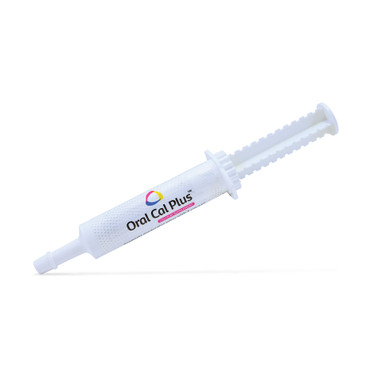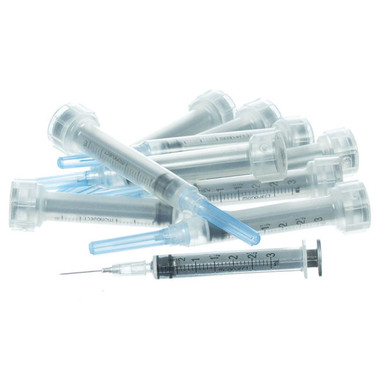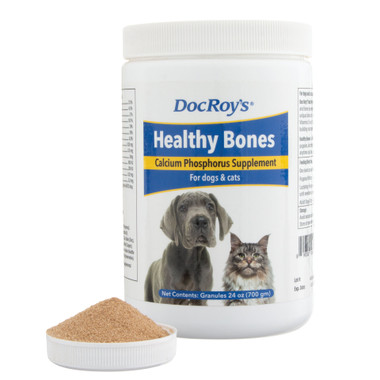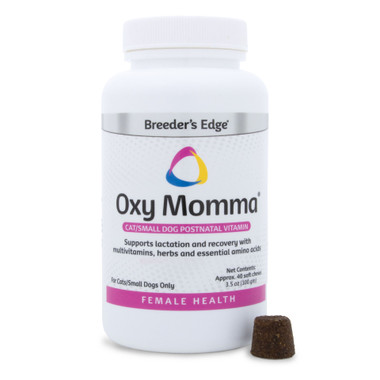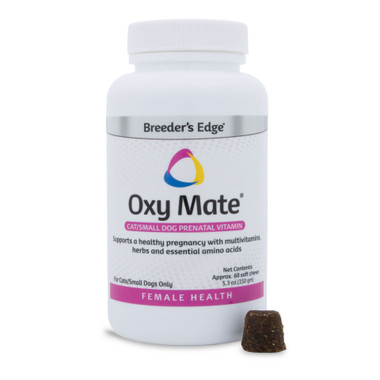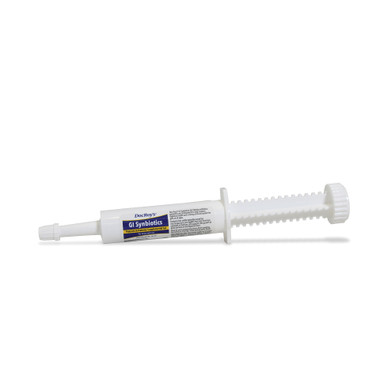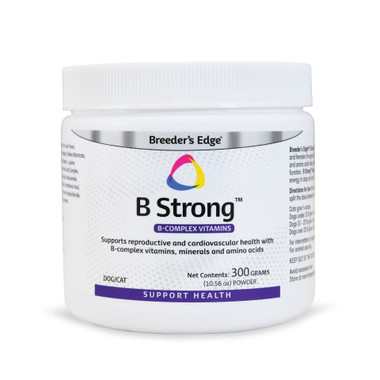Equine Cushing's Disease...It's not what it used to be. We have answers for you!
Estimated 0 min read
What’s going on with my Horse?…Could my Horse have Cushing’s Disease?
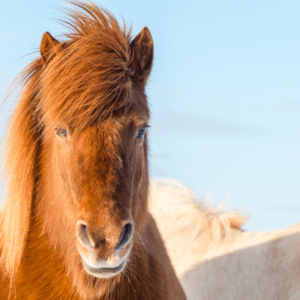
Is is shaggy winter coat or Cushing’s disease?
Is your horse looking a bit like a hairy Mammoth? He might be showing signs of Cushing’s disease. Here’s what you need to know to protect him.
In any group of older horses, there’s bound to be at least one with a year-round shaggy winter coat. That’s one of the most obvious visible signs of a disease called Equine Cushing’s Disease. Your Vet may refer to it as… Equine Pituitary Pars Intermedia Dysfunction (PPID). This more precise, clinical name for the syndrome refers to the part of the equine brain that is affected and now dysfunctional. Humans can also be affected by a disease called Cushing’s disease. But, in humans it affects a different location in the pituitary gland. This is why many veterinarians refer to the equine variation as Equine Cushing’s disease PPID.
PPID is one of the most common diseases affecting horses older than 15 years old. It affects more than 20% of older horses and ponies. Although it requires careful management of your elderly equine, horses can still thrive and live a good life with this condition. In today’s post, we’ll discuss the disease and its clinical signs. We’ll describe how it can be diagnosed, how it can be treated, and what life is like for a horse with this disease.
What is Cushing’s Disease?
PPID is a disorder affecting a horse’s pituitary gland that’s situated at the base of the brain. A horse with this disease has an enlarged middle lobe of the pituitary gland. Or it may present as a benign tumor on the gland causing an overproduction of hormones. This enlargement of the gland, known as pituitary adenoma, can compress other parts of the brain nearby, reducing their ability to function.
Signs of Cushing’s Disease in horses
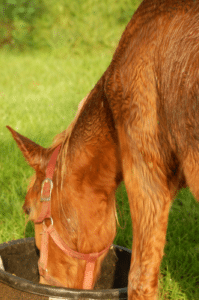
If long, curly hair on your horse’s body does not shed out in the summer it may be a sign of Cushings.
The most common sign of PPID is long, curly hair on the body that does not shed out in the summer. This is known as hirsutism. The AAEP says other clinical signs that have been associated with PPID include excessive drinking and urinating. Also on the list are laminitis, excessive sweating, loss of muscle mass, chronic infections such as sole abscesses, tooth root infections and sinusitis. An affected equine may also have infertility and bulging eyes (from the redistribution of fat around the eye area).
PPID increases production of hormones such as the adrenocorticotropic hormone (ACTH). This hormone imbalance is what causes delayed shedding of the haircoat and muscle wasting—particularly over the topline. Other conditions may accompany the disease such as weight loss, increased thirst and urination. The immune system is often suppressed which leads to increased illnesses and health care issues.
A horse with PPID could also be insulin-resistant, which means their body tissue does not respond correctly to insulin. The pancreas produces the hormone insulin in response to elevated glucose in the blood which is a normal occurrence after a meal. In an unaffected horse, insulin encourages the body tissue to absorb glucose. In an insulin-resistant horse, the pancreas secretes more and more insulin but, the body has lost its ability to absorb it correctly. Its not unusual for a horse with insulin resistance to experience muscle loss and show abnormal fat accumulation. Other maladies include laminitis, a lowered immune system, and drinking water excessively along with more frequent urination.
How to diagnose Cushing’s Disease in horses
The average age of a horse diagnosed with Cushing’s disease is 20 years old although horses as young as seven have also been diagnosed. Any breed of horse can develop Cushing’s. The American Association of Equine Practitioners says ponies and Morgan horses have a higher incidence of the disease. Moreover, Cushing’s can develop slowly over time.
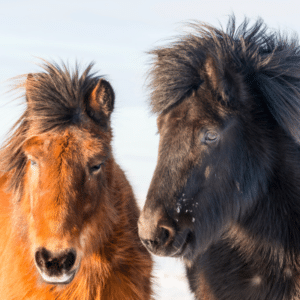
Keep an eye on your horse’s coat growth
The easiest way to tell if an older horse has PPID is a lack of shedding of a heavier winter coat. If your horse has more subtle signs, there are diagnostic tests your veterinarian can administer to determine if the pituitary gland has an abnormality. But these tests are not 100 percent accurate, especially in the Fall, where a false positive is more likely. Most veterinarians choose to avoid testing in the Fall due to this lack of reliable results.
Keep an eye on your horse’s hair growth and coat. If it’s excessively long and curly, if he doesn’t shed out completely, or takes longer to shed out, or doesn’t shed out at all—these are the most prevalent signs of this disease. Many choose to begin treatment based off clinical signs rather than off test results.
How to treat Cushing’s Disease
As of right now, treatment of PPID is aimed at improving the horse’s quality of life. There is no method to relieve the illness completely. The AAEP recommends having a veterinarian administer pergolide to treat Cushing’s. This drug acts on receptors to suppress enlargement of the gland and tumor growth.
Keep on top of your horse’s regular medical routines, including deworming, dental care, and hoof care. You may need to body clip excess hair for the summer. If your horse is insulin resistant, you may need to switch to a special diet to address those issues. For example, you may need to feed a complete feed that is a low-starch formula. You might even need to feed hay with less carbohydrates. Sounds impossible? It’s not so bad, you can either test the hay to find a lower carb option or soak the hay prior to feeding to remove some of the sugar content. A horse with Cushing’s should have less access to grazing grass—consult with your Vet on this one. If limiting your horse’s grazing is difficult, there are many very humane muzzles. We particularly like the muzzles on this site.https://harmanyequine.com/search-results-page?q=muzzles. But there are many variations available. And, remember, positively, no treats!! (most treats are high in sugar) Schedule a consultation with your veterinarian before adjusting your horse’s diet.
Prognosis
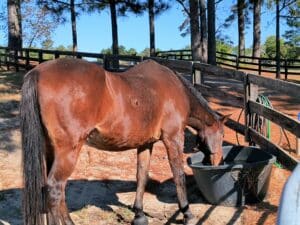
Cushing’s is treatable…. Do the research for your horse!!!
You may wonder, should I euthanize my horse because he has Cushing’s? No, not necessary at all! Today there are so many treatment options for horses with Cushing’s. Consider doing your own research, there are so many sites out there that have wonderful, sound advice. Once your horse has Cushing’s you’ll need to be a bit more watchful for dental disease, sinus or skin infections, intestinal parasites.This particularly applies to those horses with insulin resistance. These horses may experience mild laminitis without showing many signs, but repeated episodes can cause severe lameness. Be sure to inform your farrier of your horse’s condition so that he/she can be sure to stay on top of horse’s care.
In reviewing this article, one may find the material to be a bit discouraging. Let us share one more bit of evidence with you. Simpson’s Bay (Simmy), in the photo, here, Simpson’s Bay (Simmy) has been treated for Cushing’s disease for over 6 years. He is now 31 years old and is a 7/8 thoroughbred!! We consider that he represents a shining example of how a horse can still lead a good life when this disease is managed correctly. Not all horses, of course, are guaranteed to respond as successfully as Simmy. Still, we believe that he is an inspiration for early diagnosis. Such an early diagnosis of PPID can help you adjust your horse’s management to maintain his comfort throughout his remaining years.
Author – Abigail Boatwright
Banixx Horse Blog
To learn more about Banixx and our equestrian projects we support please followour horse blog. Better yet, as a horse lover, read one of stories on thesmallest horse in the world. Or on a more serious note, learn how toadd safety measures to your farm for your horse.
We hope you found this article helpful and if your horse ever gets anywounds,cuts.scratchesorwhite line disease, we hope you keep Banixx Horse & Pet Care in mind. We have information on topics such as your horse’swolf teeth? Or, ways tohandle manure removalor the miracles ofacupuncture for your horse..yes. we’ve got these all covered for you! Need your own Banixx, clickhereto find out where to buy it!
Links
https://aaep.org/issue/equine-cushings-disease-equine-pituitary-pars-intermedia-dysfunction
https://cvm.msu.edu/vdl/client-education/guides-for-pet-owners/equine-endocrinology-pituitary-pars-intermedia-dysfunction-ppid






